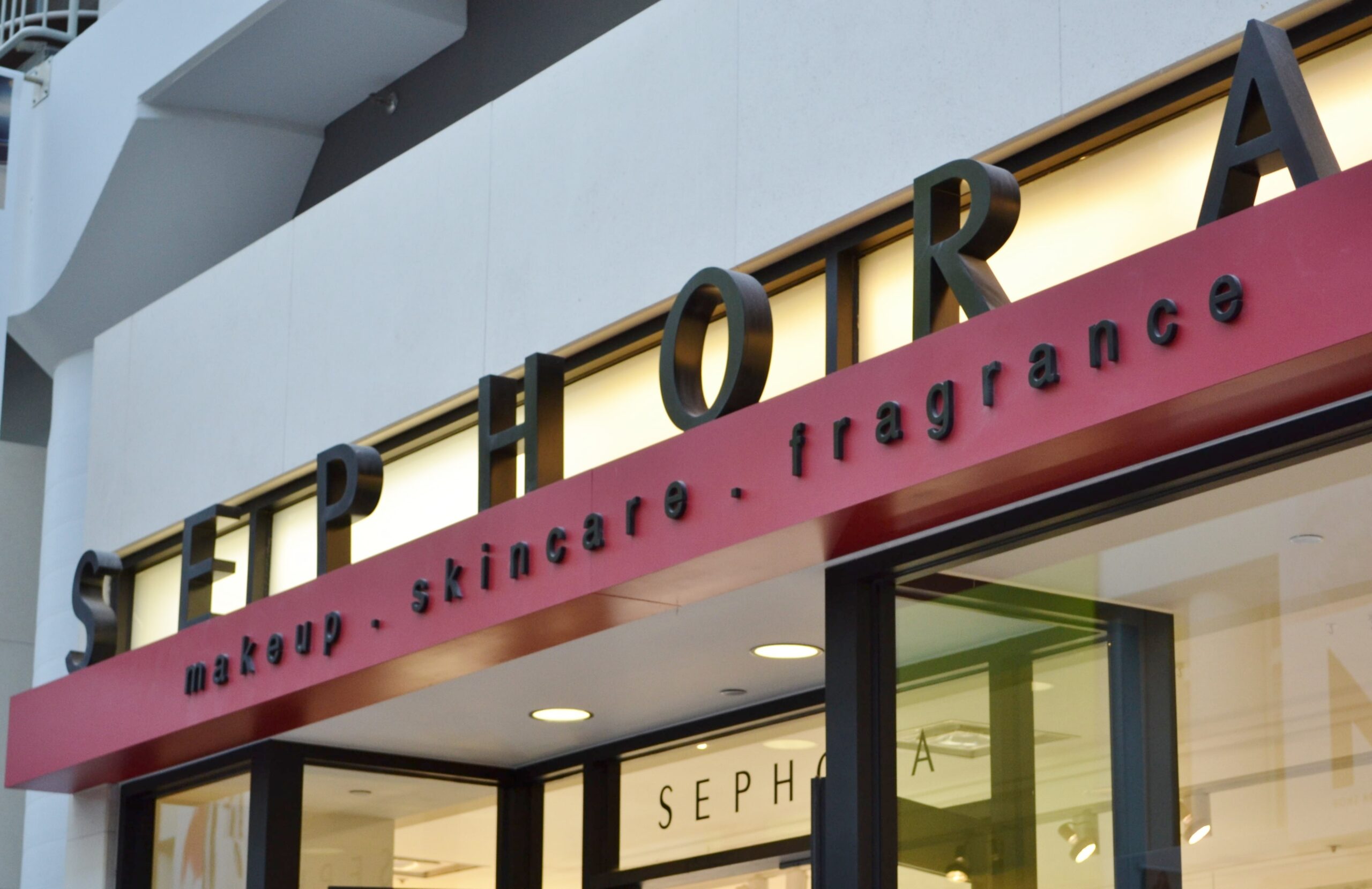In early January, a TikTok video was shared by Chloe Grace, a college student, recounting her recent shopping escapade at Sephora in a “story time” format. The video sparked significant attention by pointing out the noticeable increase in young girls frequenting Sephora. Chloe questioned the shift, highlighting the influx of “10-year-olds” patronizing the store. The video garnered over 666,000 views, resonating with many users who shared similar observations about the changing demographic at Sephora. These young customers have been associated with unruly behavior, labeled as “Sephora Kids,” disrupting the once serene shopping environment.
The emergence of “Sephora Kids” not only critiques the younger girls from Generation Alpha but also triggers discussions on broader issues such as parenting practices and the pervasive influence of consumerism. Projections indicate that by the end of 2024, Generation Alpha’s expenses could reach around \(5.39 trillion, with an annual increase of \)10 billion. This generation, growing up in a tech-savvy era, is well-versed in social media, earning them the moniker “iPad kids.”
The trend of “Sephora Kids” reflects a strategic shift in marketing tactics to align with Generation Alpha’s social media presence. By fostering brand loyalty from a young age, marketers aim to secure a long-term customer base as these children mature into financially independent individuals. The constant exposure to beauty-related content on social media platforms further influences their purchasing behavior, with influencers and trending TikTok videos playing a pivotal role.
While the integration of the beauty industry into the lives of young girls was inevitable, parental responsibility cannot be overlooked. Anecdotes shared by Sephora employees, like Natalie Herrera, shed light on instances where young customers engage in extravagant shopping sprees, sometimes totaling hundreds of dollars. This behavior underscores the blurred line between gentle parenting and permissiveness, raising concerns about setting boundaries and instilling discipline.
Moreover, the disruptive actions of these young customers, including creating “makeup smoothies” with tester products, challenge the inclusive nature of the beauty industry. Despite not being the primary target demographic, Sephora accommodates these young customers in a bid to cater to their needs and secure their loyalty. However, the unchecked spending habits of these children, fueled by parental indulgence, contribute to the escalation of the “Sephora Kids” phenomenon.
The lack of oversight on the products purchased by these young customers is another area of concern. Parents often overlook the potential risks associated with certain beauty products, such as retinol, which may not be suitable for young skin. This highlights a gap in parental responsibility, as the blind acceptance of online trends without proper research reflects poorly on the caregivers.
Recognizing the evolving concept of childhood is crucial in navigating the discourse surrounding the “Sephora Kids” trend. Parents still have the most important role to play in influencing their children’s decision-making, even though social media does play a big influence. Gen Alpha’s preferences must be understood and accommodated, but parental responsibilities and supervision must not be neglected.

